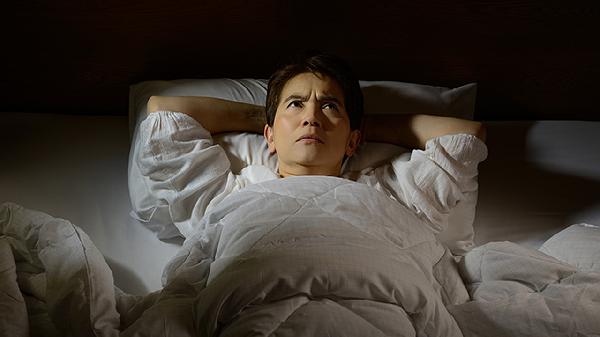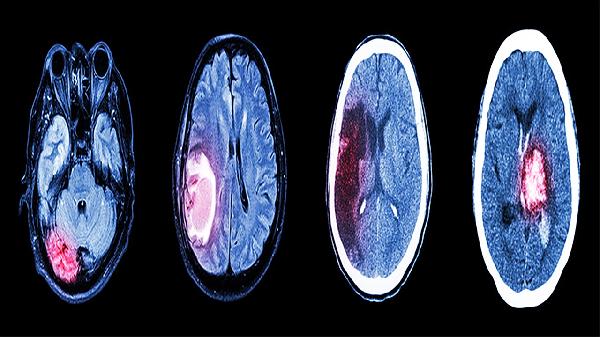Yin Yoga is the low-key hero of recovery—whether you're bouncing back from a brutal leg day or just trying to shake off the stress of a chaotic workweek. Unlike its more dynamic cousins (looking at you, Vinyasa), Yin Yoga is all about slow, deep stretches held for minutes at a time, targeting connective tissues and joints while giving your nervous system a much-needed chill pill. It’s like hitting the reset button for both your body and mind.
Why Yin Yoga Works for Recovery
Most workouts—whether it’s lifting, running, or HIIT—put your muscles through the wringer, leaving them tight and inflamed. Yin Yoga takes the opposite approach: instead of contracting muscles, you’re gently stressing the fascia (the web-like tissue surrounding muscles) and joints to improve flexibility and circulation. The long holds (typically 3-5 minutes per pose) signal your parasympathetic nervous system to kick in, dialing down cortisol (the stress hormone) and ramping up recovery mode. Think of it as a deep-tissue massage without the elbow grease.
The Science Behind Yin & Stress Relief
When you’re stressed, your body is basically stuck in fight-or-flight mode, which is great if you’re running from a bear but not so great when you’re just trying to unwind after a Zoom marathon. Yin Yoga’s extended poses activate the vagus nerve, the body’s built-in relaxation switch, which slows your heart rate and promotes digestion (goodbye, stress-induced bloating). Studies show that regular Yin practice can lower anxiety levels as effectively as meditation—just without the whole "trying to quiet your mind" struggle.
Best Yin Poses for Post-Workout Recovery
Not all Yin poses are created equal—some are gold for loosening up specific areas wrecked by workouts. For tight hips (a.k.a. the sitting disease), try Dragon Pose: drop into a low lunge, then sink your hips forward until you feel a deep stretch in the front hip. Runners and cyclists, meet Saddle Pose: sit back between your heels with your knees bent and slowly recline to open up quads and hip flexors. And for upper-body tension (looking at you, desk warriors), Seal Pose (a deeper backbend over stacked blocks) unkinks the spine and shoulders.
Yin Yoga vs. Static Stretching: What’s the Difference?
Static stretching (like touching your toes for 30 seconds) mainly targets muscles, while Yin goes deeper into joints and fascia. Static stretches are great pre-workout to prep muscles, but Yin’s long holds are better for post-workout or rest days because they stimulate collagen production—key for repairing overworked tissues. Plus, Yin’s meditative aspect helps clear mental clutter, whereas static stretching is just… well, stretching.
How to Incorporate Yin Into Your Routine
You don’t need a 90-minute Yin session to reap the benefits. Even 10-15 minutes post-workout or before bed can work magic. Pair it with foam rolling for next-level recovery—roll out tight areas first, then hit a Yin pose to deepen the release. For stress relief, try a Legs-Up-the-Wall Pose before bed (yes, it’s as simple as it sounds) to drain tension from your legs and calm your mind. Pro tip: Use props (bolsters, blocks, or even couch cushions) to make poses more comfortable—Yin is about surrender, not suffering.
Yin Yoga isn’t just a recovery tool; it’s a lifestyle hack for anyone juggling workouts, stress, and the general chaos of modern life. The best part? You don’t have to be flexible to start—just willing to slow down and let gravity do the work. Your body (and your frazzled nerves) will thank you.
























